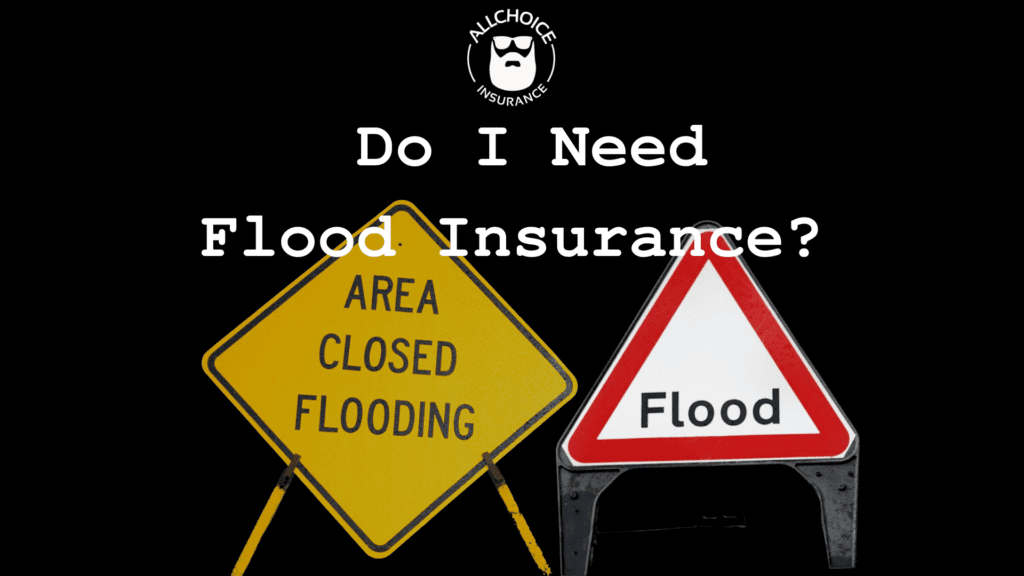Do I Need Flood Insurance?

Flood insurance is a unique form of insurance that specifically covers losses due to flooding. This sets it apart from standard homeowners insurance, which, contrary to popular belief, does not cover flood damage. As such, it’s crucial to have separate flood insurance coverage, as homeowners insurance offers no protection against floods, leaving homeowners vulnerable to significant financial loss in the event of a flood. Understanding what flood insurance covers can help homeowners make informed decisions about their insurance needs.
Understanding this distinction is essential in mitigating potential financial risks. Let’s dive deeper into the differences between homeowners insurance and flood insurance, and explore the types of flood insurance available to you.
Homeowners Insurance vs. Flood Insurance
Homeowners insurance typically covers the structure of the main home and personal belongings against disasters such as fires, but not flooding from natural disasters. On the other hand, flood insurance provides coverage for water damage due to weather-related floods, such as heavy rainfall and storm surges, affecting the home’s structure, systems, and personal belongings. When considering your coverage options, it’s important to also explore home or auto insurance policies to ensure comprehensive protection.
It’s important to note that flood insurance and homeowners insurance are distinct policies. Flood damage is not typically covered by a homeowners insurance policy and must be purchased separately. Homeowners insurance policies can vary with options for different types of property owners, often including liability insurance and sometimes additional living expense coverage.
Types of Flood Insurance: NFIP and Private Insurers
When it comes to flood insurance, you have a couple of options. The National Flood Insurance Program (NFIP) is managed by FEMA and provides basic flood insurance coverage. On the flip side, private insurers offer broader coverage options, including additional living expenses not provided by NFIP.
Private flood insurance often offers:
A wider range of deductible options
Higher coverage limits
Coverage for additional structures like swimming pools and detached garages not typically covered by NFIP
Whether you choose to go with NFIP or a private insurer, it’s essential to understand their differences and coverage options to make an informed decision.
Coverage Limits and Options
Understanding the coverage limits and options of your flood insurance is crucial. Here are some key points to keep in mind:
Residential flood insurance policies through the NFIP cap coverage at $250,000 for the building and $100,000 for contents.
Commercial properties can secure up to $500,000 each for the building and contents.
Private insurers often offer higher limits.
Building coverage and contents coverage are purchased separately in flood insurance policies, each with its own deductible. Flood insurance typically excludes coverage for:
Flood insurance rates are influenced by the property’s characteristics and location, with the average annual cost being approximately $888. Be aware that the waiting period for NFIP policies is 30 days, while private insurers may have shorter waiting periods.




